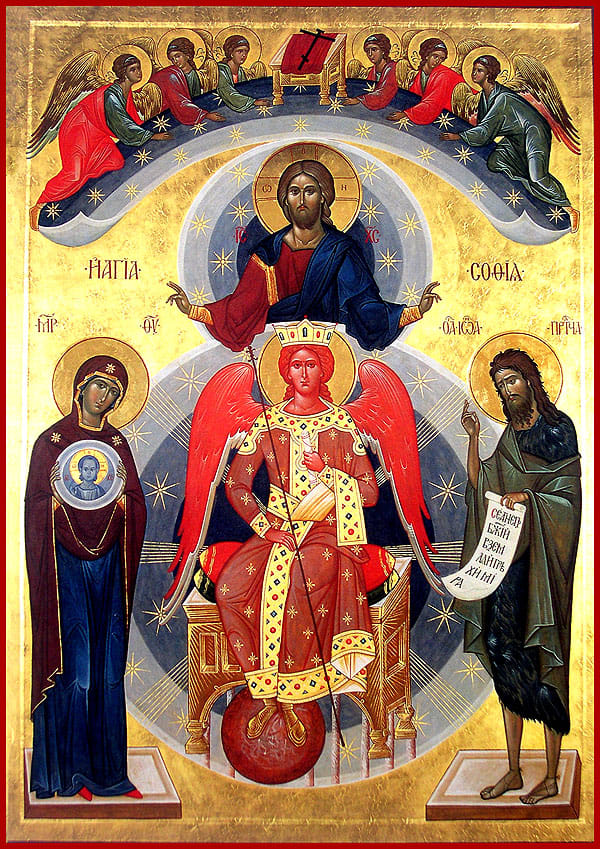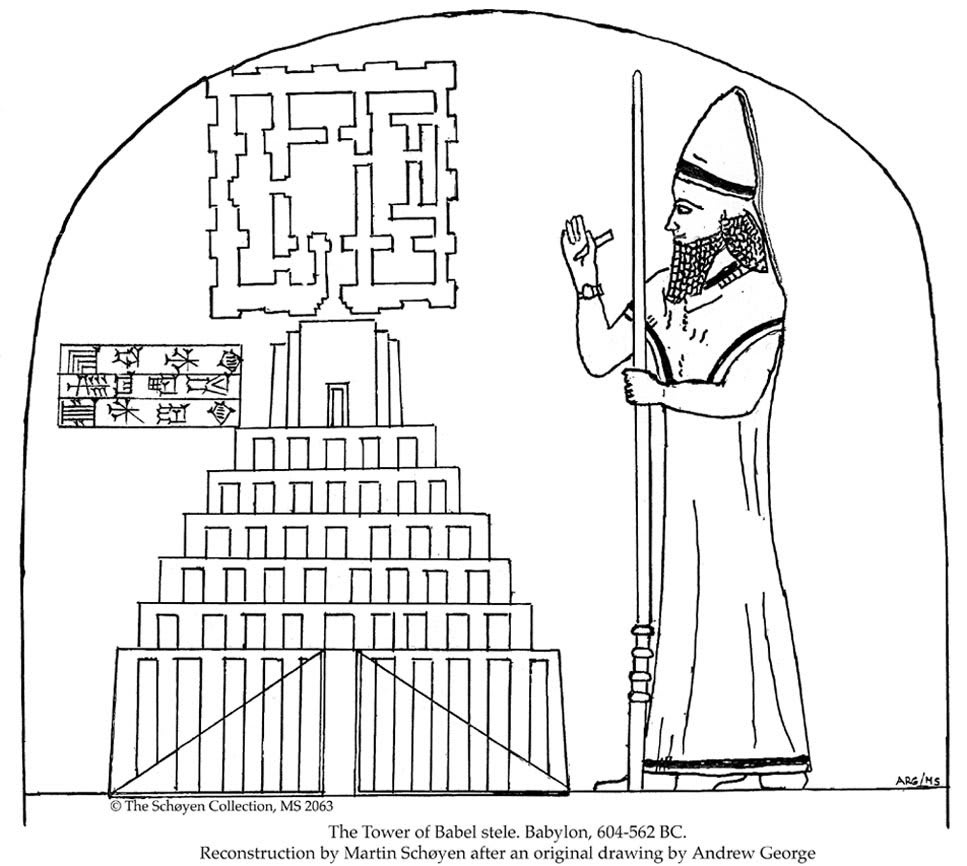Old Testament interpretation is difficult. Something that has helped me has been the recognition of the “kerygmatic burden of the Old Testament.” In this article, I will share this concept with you, so that you can use it in your own biblical study.
When reading any text, it is important to establish as nearly as possible what the author’s intent with that text is. It is very true that the text may bear more personal meanings for you that the author could never have imagined, but if you completely disregard what she was trying to say and what motivated her to write in the first place, you have not honored her as the author who has gifted you with the text. A great deal of the authorial intent is dictated by the audience to whom the text is addressed. The author has a message which she wishes a particular set of people in a particular time and a particular place to receive. This is true of poems, novels, newspaper stories … and the Bible.
For Old Testament texts, I call this dynamic relationship of author, message, and original audience the “kerygmatic burden of Old Testament texts.”
“Kerygma”
“Kerygma” is a Greek word meaning “proclamation.” It only shows up a few times in the Septuagint. An important example is Proverbs 9:3-4, where Lady Wisdom sends out a proclamation to the simple: “She has sent out her maids to call from the highest places in the town, ‘Whoever is simple, let him turn in here!'”

In the New Testament, “kerygma” was used to describe the act of heralding the Gospel message that God’s Kingdom had been established by the coming of Jesus the Messiah. Romans 16 is a beautiful example, where Paul says this:
25 Now to him who is able to strengthen you according to my gospel and the preaching of Jesus Christ, according to the revelation of the mystery which was kept secret for long ages 26 but is now disclosed and through the prophetic writings is made known to all nations, according to the command of the eternal God, to bring about the obedience of faith— 27 to the only wise God be glory for evermore through Jesus Christ! Amen.
Some New Testament theologians over the course of the last century proposed that the Gospel was itself a new genre, which they labeled “kerygma.” They said that before the Gospels were written down, their contents were formalized in the oral presentation of Jesus’ ministry and teachings. The distilled core of this Gospel message is also referred to as kerygma.
The Kerygmatic Burden of the Old Testament
The kerygma is rightly associated with the New Testament. But I believe that a similar phenomenon already occurred in the Old Testament. These texts, after all, formed the basis for the revelation that came in Jesus. Even texts that do not formally fall into the category of “prophecy” assume a prophetic character. This is by virtue of their inclusion in the Old Testament Canon. That prophetic character is the message that the authors and editors of the Old Testament were struggling to convey. This strikes close to what I mean by “kerygmatic burden.”
Another approach is to consider something my Bible college professor Mark Scott taught me to look for. This is the “A.I.M.” of the text. A.I.M. stands for the “Author’s Intended Meaning.” The kerygmatic burden of the Old Testament also considers the original audience. This is particular to a specific time and place.
Last week I shared my interpretation of the story of the Tower of Babel in Genesis 11. An old friend of mine, Jason Shaver, chimed in with some excellent questions in the comments. He asked why most scholars no longer accept the traditional view that Moses wrote the Pentateuch. Personally, I am partial to those traditional perspectives. But the biggest reason that I believe someone else composed Genesis 11 is this kerygmatic burden of the Old Testament. Genesis 11 makes most sense as a prophetic message to the Jewish people in exile under Nebuchadnezzar.
Cyrus the Great in Isaiah 40-55
I began to think this way years ago. I was desperately trying as a Fundamentalist to defend the original authorship of Isaiah the Prophet for Isaiah 40-55. Biblical scholars call these chapters “Deutero-Isaiah.” This is because they mention Cyrus the Great by name. He lived more than a century after the original Prophet Isaiah. Here is one example, from chapter 45:
1Thus says the Lord to his anointed, to Cyrus,
whose right hand I have grasped,
to subdue nations before him
and ungird the loins of kings,
to open doors before him
that gates may not be closed:
2 “I will go before you
and level the mountains,
I will break in pieces the doors of bronze
and cut asunder the bars of iron,
3 I will give you the treasures of darkness
and the hoards in secret places,
that you may know that it is I, the Lord,
the God of Israel, who call you by your name.
4 For the sake of my servant Jacob,
and Israel my chosen,
I call you by your name,
I surname you, though you do not know me.’
In Sunday School and Bible college, I was taught that this was an amazing prediction on the part of Isaiah. Consequently, it was a manifest demonstration of the inspiration of the Holy Spirit. Any argument for later authorship was part of a nefarious effort to chip away at faith in the Bible. Unfortunately, the original arguments for Deutero-Isaiah do have roots in a post-Enlightenment dismissal of the possibility of predictive prophecy.
The Kerygmatic Burden of Deutero-Isaiah
I studied these chapters of Isaiah in graduate school. There I became aware that the arguments for Deutero-Isaiah were much more sophisticated than I had been led to believe. This greatly contributed to a crisis of faith that I was suffering through at the time. (I will probably write about that later. Suffice it to say that personal experience of Jesus and His mercies in my life secured me in my faith). And that’s when, by God’s grace, the kerygmatic burden of Deutero-Isaiah came in to save the day.
Consider. Isaiah receives a prophetic word about Cyrus in 700 BC, let’s say. (That’s exactly 100 years before the birth of Cyrus the Great!). He comes before King Hezekiah with this word of encouragement. What could Hezekiah’s response be other than, “Who the @#$ is Cyrus?” In other words, this message would have absolutely no kerygmatic burden for Isaiah and the people to whom he ministered.
Prophecy, Not Prediction
The Holy Spirit could have predicted Cyrus the Great by name a full 100 years before he was born. After all, I joyfully attempt from day to day to be a faithful, practicing Catholic. Catholics believe in far greater miracles of Grace than a simple bit of predictive prophecy. (Come to Mass with me sometime, and you can see for yourself). The real question is why the Holy Spirit would have predicted Cyrus the Great by name to that audience. They could derive absolutely no spiritual benefit from this revelation. That’s what I mean by the kerygmatic burden of the Old Testament.
The Holy Spirit does not do the Nostradamus shtick. He speaks clearly to His people in ways that will challenge and comfort them where they are. He directly addresses the trials and temptations of their particular experience. Today I recognize that another author besides Isaiah wrote these chapters about Cyrus the Great. But that does not mean that God did not inspire these texts. On the contrary, this has actually helped me contemplate how God speaks to His people in an even more profound manner.
Of course, the Scriptures speak beyond their original audience. Often they do so in amazing ways that the original authors could never have imagined. Isaiah 7:14 and Psalm 22 immediately come to mind. In these texts, the original kerygmatic burden has developed into an even greater message, precisely because these are inspired Scriptures. Those texts can indeed speak to us at a deeper level. But first we must see what they originally meant for their human authors and the audiences that received them. I hope to write more about that in the future.




